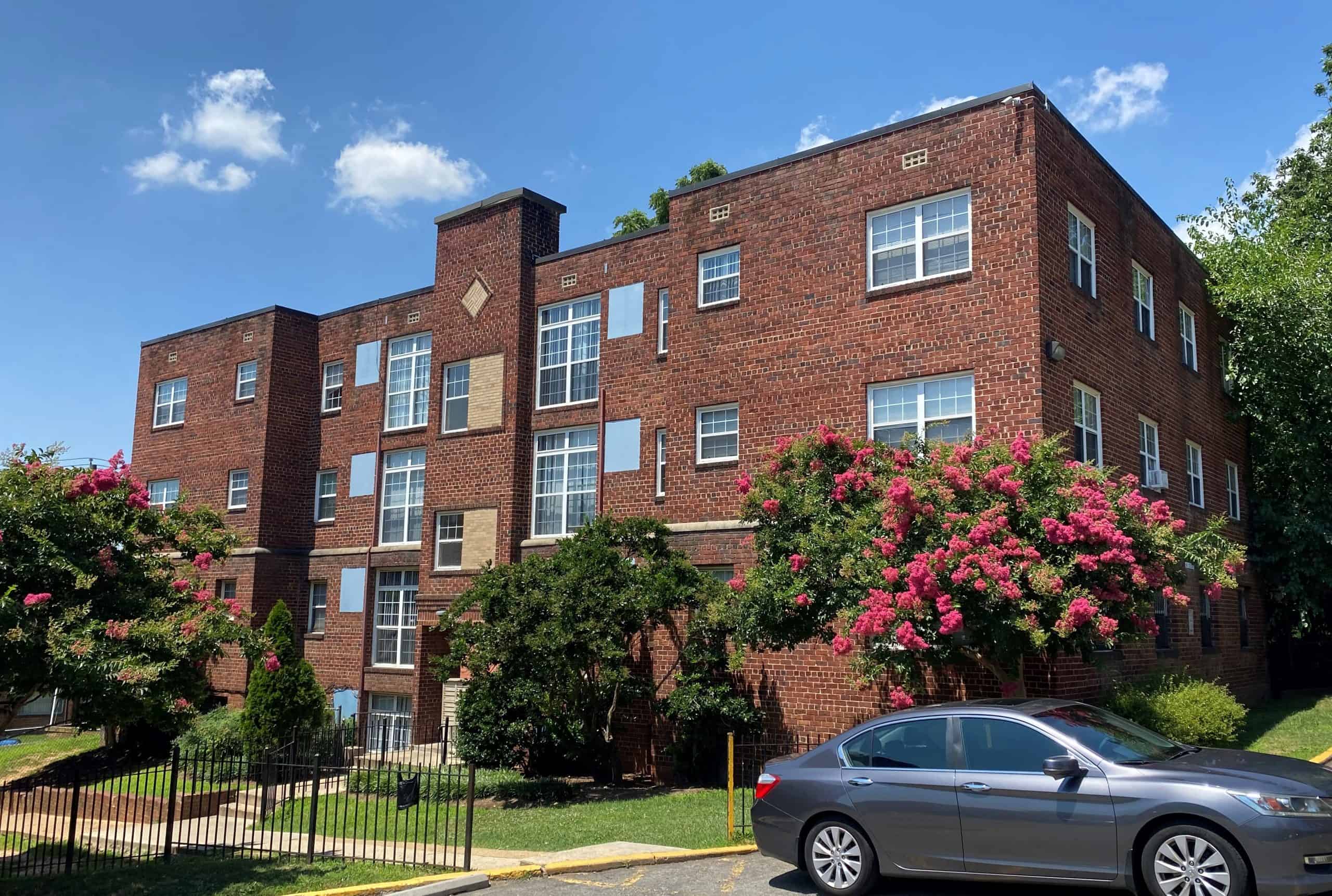LIIF’s strategic pillar of impact-led lending springs from our goal of nimble deployment of capital as the vehicle for effecting deeper impact in the communities we serve. With racial equity center to our mission, LIIF needed to consider where and how our efforts as a CDFI addressed the systemic inequities that create barriers to opportunity for historically excluded communities, particularly Black, Latino, and other people and communities of color. This meant ensuring our lending approach centered impact.
Defining our approach required us to develop the Impact-Risk-Profitability (IRP) Framework. Our IRP Framework operationalizes racial equity in our lending business by centering our mission and enabling us to balance impact with financial risk and return. We believe this thoughtful balance will help us achieve our goal of driving $5 billion to advance racial equity over the next decade.
The IRP Framework includes a set of tools that will enable more intentional and balanced decision-making around outcomes and financial sustainability of LIIF’s lending business.
First is the Impact Scorecard, which helps our lenders identify projects and organizations that are creating access, driving positive outcomes, and building power and agency for Black, Latino and other communities of color. The Impact Scorecard is a critical piece of our new Framework as it articulates what we mean by racial equity in the context of community development.
We designed our Impact Scorecard around a set of “Dimensions of Impact”: attributes of a real estate project and its developer that increase or preserve access to critical resources, drive positive outcomes, and build power and agency for Black, Latino, and other people and communities of color. Using these dimensions, we created a three-tiered rating system that identifies the relative potential for advancing racial equity of every deal. Each tier is vital and has a role in our work, but we needed the ability to recognize and define how a project is creating equity and opportunity for the community.
At the top of our tiers is what we refer to as Racial Equity Stand-out or RESO loans. A RESO rating means the project and borrower build power and agency for Black, Latino, and other communities of color. Attributes include: a borrower’s racial equity mission or strategy and DEI business practices; and a project’s shared economic benefits with community members.
Loans that are Racial Equity Centered are for projects that drive transformative outcomes for Black, Latino and other communities of color. Attributes that contribute to a Centered rating include preserving community assets by preventing displacement of longtime residents; and providing high-quality facilities.
Loans that are Racial Equity Serving are for projects that increase or preserve access to the critical resources and opportunities historically excluded communities need.
The next tool is an expanded Risk-Rating Model, which calculates a risk rating, defining expected risk of repayment of the loan. And, finally, our Profitability Model, which calculates net present value (NPV), defining expected financial return of the loan.
Through the IRP Framework we hope to drive more capital to the people and communities that have been excluded from the financial market. Our goal is to provide the resources long needed to bring to life the sort of communities Black, Latino and other people of color need to create true opportunity for their families.
We have always disrupted traditional methods of capital deployment, but our new IRP Framework will push further. To do this work we needed organizational change where we learned from peers and partners entrenched in this work. We participated in Impact Frontiers’ first CDFI cohort, where we learned from experts in the impact investing industry. We needed to develop equitable data-collection practices, so we learned from We All Count. Our Impact Scorecard also pulls from the Spectrum of Community Engagement to Ownership to help our lenders identify where community agency shows up in the community development process.
What was key through this process was thoughtful partnerships with people and organizations dedicated to the real work of creating generational opportunities in the historically excluded communities we serve across the nation.
